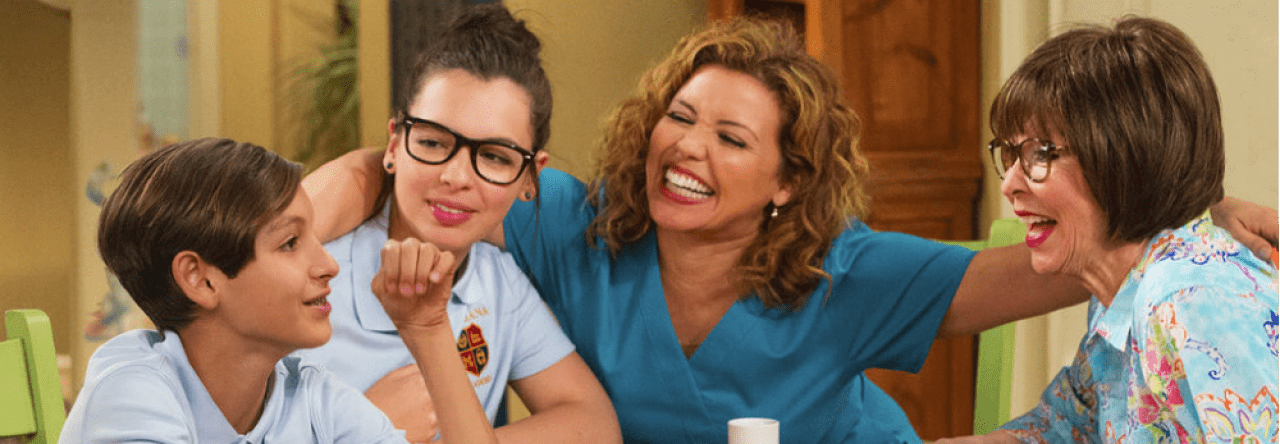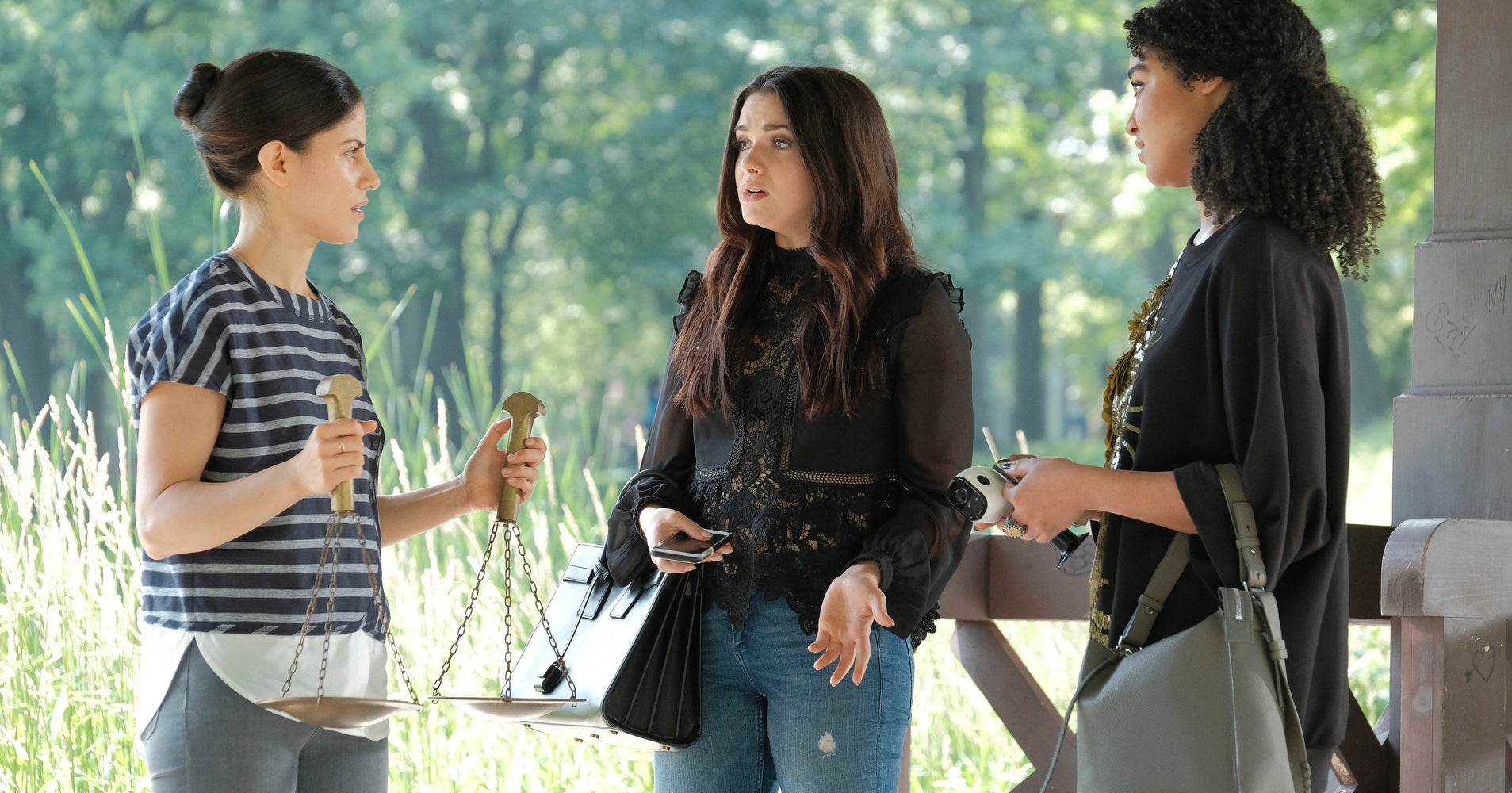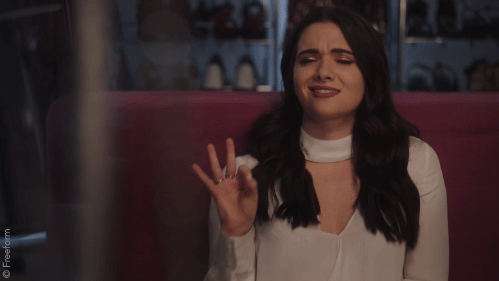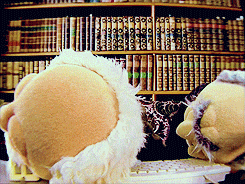From questions about sexuality, in-office hookups, missing $5,000 pieces jewelry in cabs, fashion shows, and very forward conversations about female anatomy, The Bold Type seems to have everything that a young millennial audience could wish for in a Freeform show. The show has gained much popularity due to its classic storytelling of three young female best friends who live and work together at the Cosmopolitan spinoff magazine Scarlet.
It is true that The Bold Type escapes television’s “norm” of conversation topics; however, it seems to have failed at representing certain aspects in the women’s jobs. Don’t get me wrong, in a Freeform show, you would expect everything to work out for the protagonists and their careers… but with it being such a forward show, you would also probably expect some more relatable struggles for the characters.
And then there’s Jane.
Can you say yikes?
She’s a writer at Scarlet whose job was to produce articles that ranged from female doctors to rape victims to the BRCA gene for cancer development. Respectable. However, during the writing of these articles, her character experienced no problems with the actual process of writing such delicate stories (Syme).
She is always met with the supportive guidance of her editor, Jacqueline, and always is successful in her deliverance of a popular article. Even during her short unemployment stint in Season 2, her most notable struggle was simply making a barista mad by only ordering a mini biscotti at a coffee shop.
Jane makes constant comments that seem to propagate from a lack of political awareness, markedly. At one point, she matter-of-factly explains to Kat and Sutton that “Judaism is more of a lifestyle choice in New York.” Question mark?
Anyways, it’s not quite clear as to what moral comes from the character of Jane throughout the two seasons. While Kat and Sutton respectively struggle with a homosexual relationship and nonstop errands in the fashion department, Jane is met with a lack of character development and career struggles.
As the other women are met with rewards from their hard work and success in the workplace, Jane leaves her job, finds another one, gets fired from that, goes unemployed, receives an award for her writing, and then is rehired at Scarlet. Her “struggles” effectively disappear into thin air, and she is happily back with her two best friends in the end. Big whoop.
Works Cited
Syme, Rachel. “The Tough Issue The Bold Type Won’t Tackle.” The New Republic, 31 July 2018. https://newrepublic.com/article/150293/tough-issue-bold-type-wont-tackle-season-2-review, Accessed 13 November 2018.





